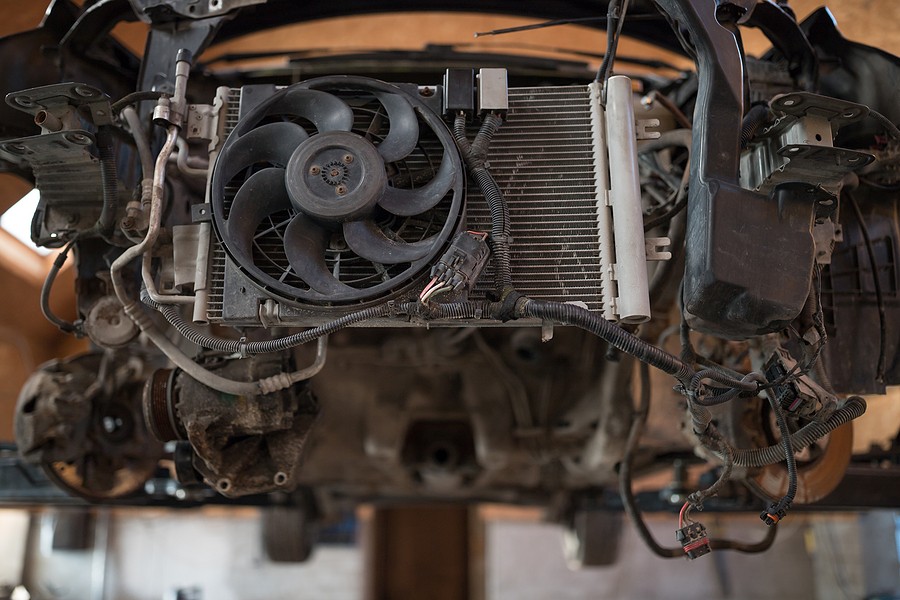The radiator fan is a device that helps to keep the engine cool. It is usually an electric fan that rotates with the help of a drive belt, producing airflow (due to the rotation of the blades).
It is one of the most common problems in cars that, after time, heat managing airflow starts to drop. This can be because your fan is starting to wear out, and it needs replacement.
Replacing your car's radiator fan is a great way to save money, and this article will walk you through the process step-by-step.
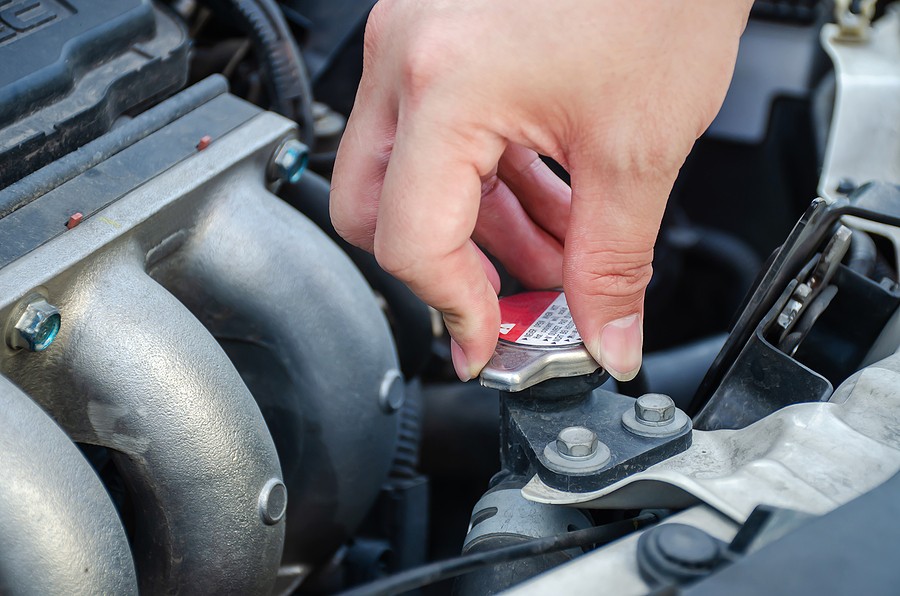
What is a radiator fan, and what does it do?
When your car engine is working, it heats the coolant inside the engine. Then this hot liquid flows through pipes and tubes under pressure to a radiator, where it continues to release heat. The radiator fan helps with circulating air to drop down the temperature of the coolant coming from the engine.
There are different types of radiator fans that are used in cars. Some are belt-driven, while others are electrically powered. There's also a combination of engine power is used to turn the fan blade, and an electric motor keeps it rotating.
If you have a broken or malfunctioning radiator fan, the coolant inside your engine will start to rise in temperature until it boils. This can cause damage to your engine or, even worse, an explosion.
Symptoms that indicate the need for a new radiator fan
When the radiator fan needs replacement, a few symptoms indicate it. Here is a list of the most common:
#1 Car's engine overheats more quickly
The first sign that you may have a malfunctioning cooling fan is that your car's engine starts to overheat faster than normal.
#2 Car's radiator fan doesn't turn on at all
The second symptom that can indicate your radiator fan needs replacement is if the fan does not turn on at all. This usually happens when the electric motor fails or jammed the fan blade.
#3 Car's radiator fan turns too slow or not at all
The third symptom is when your car's radiator fan does turn on, and the coolant in the engine starts to drop in temperature, but it is turning very slowly or not at all.
This can be caused by a broken drive belt which transfers power from the engine to the electric motor. Or, there is damage somewhere along with this assembly which causes it to stop working.
#4 Car's radiator fan makes noise
The fourth symptom indicating you need a new cooling fan is when your radiator fan starts to make noise.
Other parts in the cooling system can cause this problem, but it usually happens because there is something wrong with the blade or electric motor.
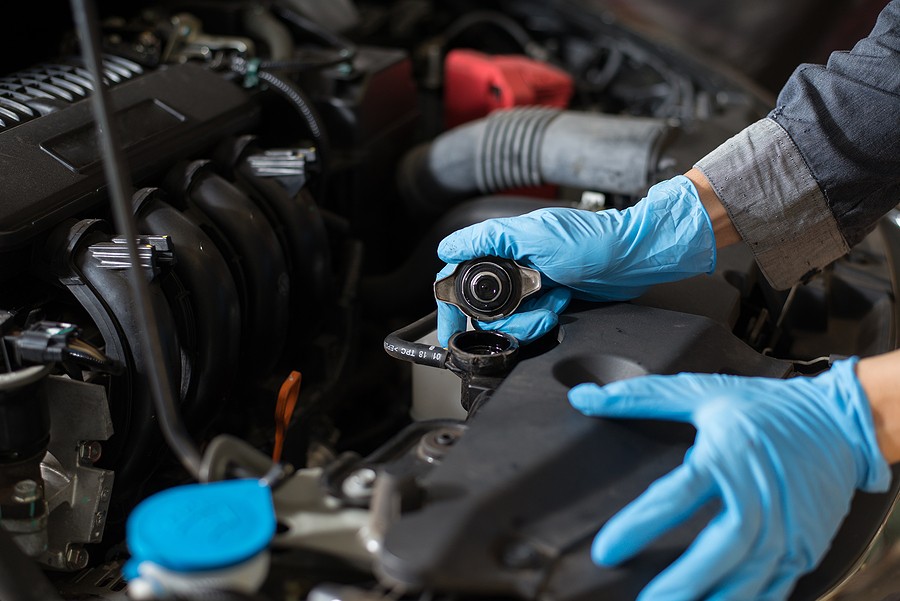
How To Replace The Radiator Fan? A Step-by-Step Guidance!
If you decided to replace the radiator fan yourself, here is a step-by-step instruction on doing it.
#1 select your working area
Before starting work, choose a place in your garage or driveway that is large enough for you to comfortably open the hood and gain access to the radiator fan.
An organized working area is also important because it can save you time looking for parts and tools.

#2 Remove the cooling system cap
The next step in replacing your car's radiator fan is removing the cooling system cap. To do that, locate your car's radiator cap, which is located near the upper radiator hose on most vehicles.
It has a rubber cover with an arrow pointing up to its opening. Pull off the rubber cover and place it somewhere safe so you won't lose it.
#3 Prepare coolant draining tools
When you remove your radiator cap, the coolant inside your engine will start to leak. So it is important to prepare the tools needed for draining this fluid out of your car's engine before you go any further.
This means placing a large bucket or container under the drain plug on the bottom of your radiator and loosening it with an adjustable wrench.
#4 Loosen bolts
Using an adjustable wrench again, loosen the bolts that hold the cooling system lower cover in place with them still inserted into its holes. Remove these bolts completely after they turn freely with no resistance.
#5 Remove the cooling system drive belt
The final step when replacing your car's radiator fan is removing the cooling system drive belt, which must be done before draining the fluid from your engine.
To do that, locate the drive belt tensioner pulley and pull its release arm, which is on either side of it, towards you to release the belt's tension.
Then move the drive belt off this pulley and over the accessory drive pulleys in front of it.
Now, remove this drive belt completely and set it aside where you can't lose it.
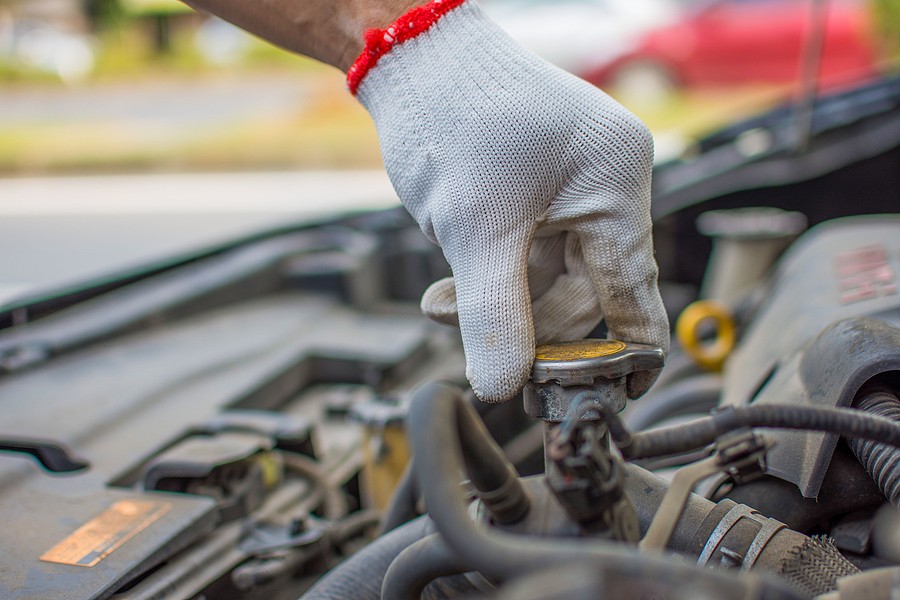
#6 Drain coolant
The next step when replacing your car's radiator fan is draining all coolant from inside your engine by loosening the drain plug at the bottom of the radiator with an adjustable wrench until it starts to leak out. You may want to add some water or distill it into your cooling system if it is empty completely.
#7 Remove radiator lower cover
The next step when replacing your car's radiator fan is removing the upper cooling system lower cover, which can be done by sliding it towards you. Do this slowly to avoid any damage to its gasket surface.
#8 Loosen bolts holding the radiator in position
You are now ready to remove your car's old radiator fan after draining its coolant, but your engine would still be extremely hot at this point so take care not to burn yourself while doing that. You may want to wear protective gloves for this purpose.
To do that, you need first to loosen all bolts holding the radiator in place with an adjustable wrench and then slide it away from its upper hose connection.
#9 Remove radiator fan assembly
Now that you have removed the cooling system lower cover and old radiator, you can pull your car's old radiator fan assembly out of its upper hose connection. But make sure you don't damage anything like hoses while doing this.
#10 Replace with new radiator fan
Finally, replace your car's old radiator fan with a new one by sliding it into position over its upper hose connection and tightening all bolts holding it in place using an adjustable wrench. Ensure not to overtighten these bolts because they could break and cause leakage issues later. You should then be ready to go back up through steps 4-6 in reverse order to put everything back together again before refilling your engine with coolant.
That is it for this article! It is a very simple how-to replace your car's radiator fan with step-by-step guidance on the process to help you save money by doing it yourself and preventing any overheating issues due to a faulty radiator cooling system fan.
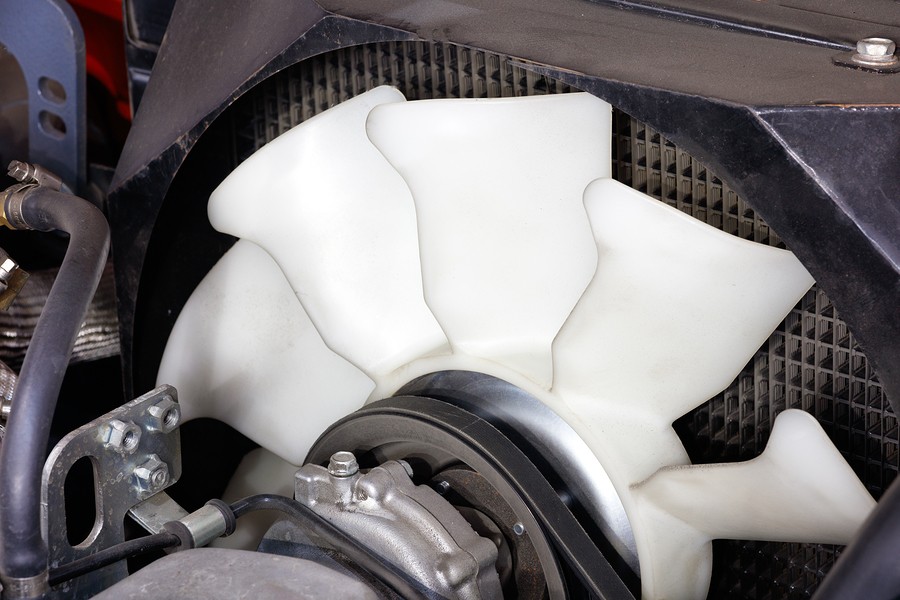
Common problems with radiator fans and how to solve them
There are some common problems that your radiator fan might face. Understanding these problems helps you quickly identify and fix them.
#1 The fan doesn't spin
This is the most common problem. For example, if you find that your radiator fan isn't spinning, it might have seized up. There are a couple of reasons for this.
First, you should check the fuse box to see if the fan has blown any fuses. This doesn't happen often, but if it does, your car's radiator cooling system will stop working entirely.
Secondly, there could be an issue with cables connected to the fuse box. If your fan doesn't spin, inspect these cables and ensure they are properly attached.
If you have checked all of these possibilities but are still having trouble with your radiator fan, it might be time to bring it to a mechanic or auto repair shop if not too expensive for them to repair it for you.
#2 The fan is stuck on high speed
If your radiator fan starts running at full blast without being triggered by the thermostat, then there could be an issue with either the thermostat itself or its wiring. You should first check this by turning off your car's engine and popping up the hood. Then, using a flashlight, look to see if the thermostat is open, which would indicate that you have an issue with the thermostat. If it is closed, then this means your radiator fan's wires are not properly connected to the fuse box.
#3 My car overheats
If your engine starts to overheat, then there could be a problem with either your thermostat or your radiator cooling system fan itself. You should check these components first by turning off the engine and checking them in the way mentioned in number 2 above.
After identifying which of these two components has failed, it would be time to bring it to a mechanic for repair if you cannot do it yourself due to its complexity. But generally speaking, most fans can be replaced easily, so DIY may still be an option in some cases.
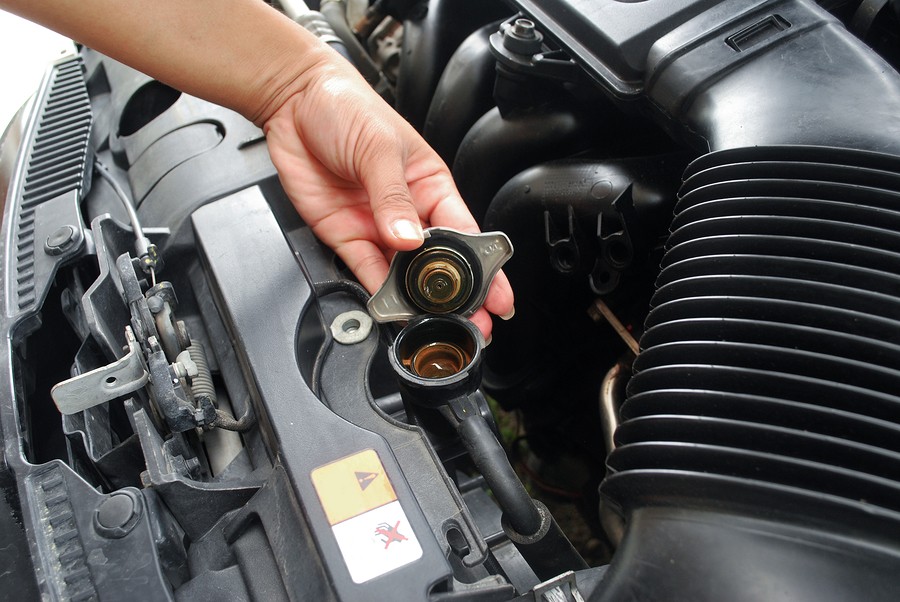
Here are some tips for maintaining your car's radiator fan
here are some bonus tips to help you maintain your car's radiator fan to improve its performance and lifespan.
- To prevent overheating issues, you should ensure that your cooling system is clean and free of debris, particularly the radiator fins. You can do this by using a hose with a jet sprayer or a power washer with water to spray it out.
- Check all hoses for leaks and damage.
- Even if they are not damaged, you should change all hoses every two years or 30,000 miles. If your car's cooling system has more than 80,000 miles on it, then you should check them even more frequently because of the wear and tear of these hoses over time due to heat caused by friction of the engine running, which eventually weakens these hoses over time.
- Add water to your car's cooling system regularly. If you allow the water level to fall low, you are at risk of it evaporating or boiling off. This is particularly bad for older hoses which may be more brittle and can easily crack or break if they're weakened by hot coolant escaping from the engine compartment.
- Check your car's radiator fan for damage, especially debris like small rocks and tree branches stuck to the fins. If you find these types of objects or anything else stuck in your radiator fan, turn off the engine immediately and inspect it before starting it again!
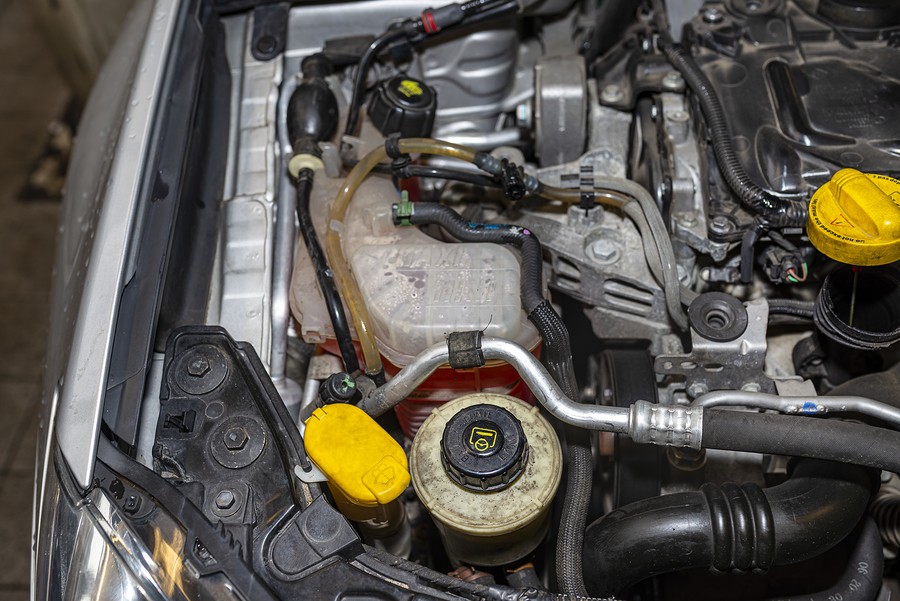
FAQs about radiator fans
This section provides answers to some frequently asked questions about your radiator fan.
Can I replace my radiator cooling system fan myself?
This will depend on your car type and how complex the fan can replace. Generally speaking, most fans are relatively easy to replace, with car owners handling it no problem.
How often should I check my radiator cooling system?
It depends on your car's make, model, and age, but you should check it every two years or 30,000 miles for new cars, while older ones should be checked once a year or more frequently.
Can I drive my car if the radiator cooling system fails?
Driving your car after its radiator cooling system stops working can cause damage to internal engine components, which will cost more money to fix than just repairing the faulty one. Even when they fail in cold weather temperatures, you risk causing major damage, so do not drive your car.
How can I tell if my radiator cooling system is still working?
If the engine starts overheating or you hear a high pitch squeal, that could indicate an issue with your radiator fan, so turn off the engine immediately and inspect it. Before starting up again after identifying which component has failed, take it to a mechanic for repair.
How to shop for the right radiator fan?
When buying a radiator fan for your car, you should check its compatibility with your make and model and consider factors such as a direct OEM fit or aftermarket fit. You may also want to look at the size of the radiator fan, its dimensions, and more to ensure that it will fit in place of your old one.
Replacing the radiator cooling system Fan on older cars can be quite complex if it requires special tools which are not readily available to average car owners. However, newer models tend to be less complicated, with their fans more likely being common standard types rather than more complex proprietary ones.
Also, many cars come with plastic blades on their fans that do not collect dust like metal ones making them easier to clean and maintain.
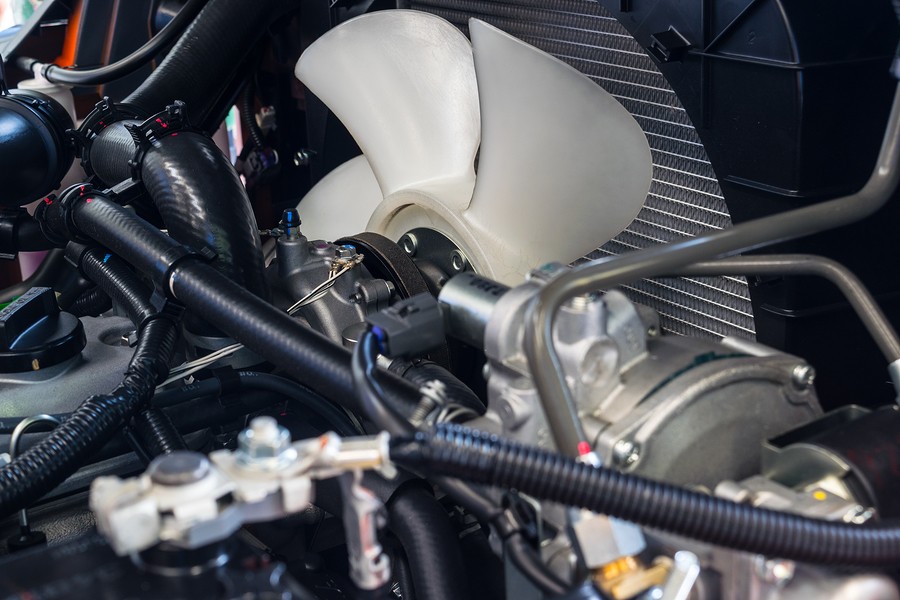
Conclusion
The radiator fan is an important part of your car's cooling system. However, if it breaks, you need to replace it right away before the engine starts overheating and other parts are damaged! This article walks you through step-by-step guidance on how to replace the radiator fan.
We hope that this has helped you learn more about cars in general or save yourself some money by replacing the faulty one yourself rather than taking it to a mechanic for repair!

